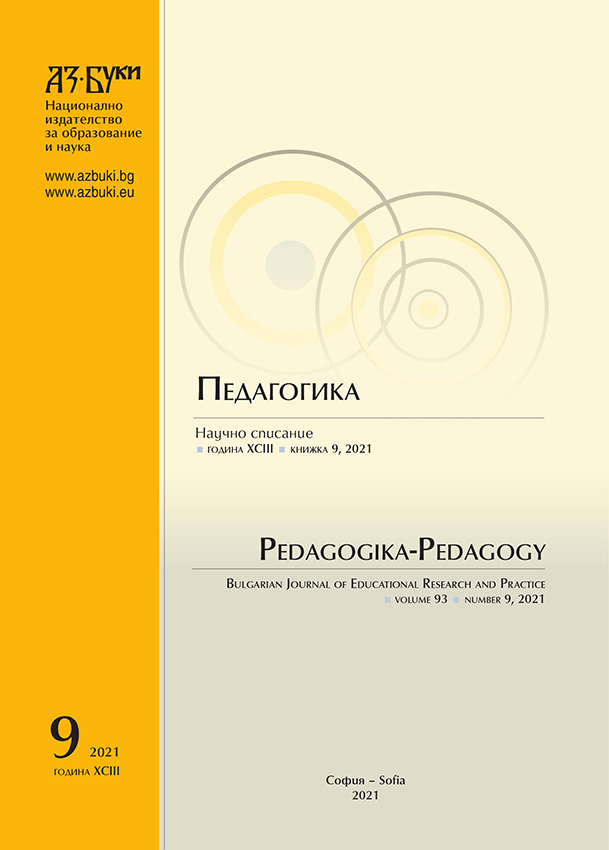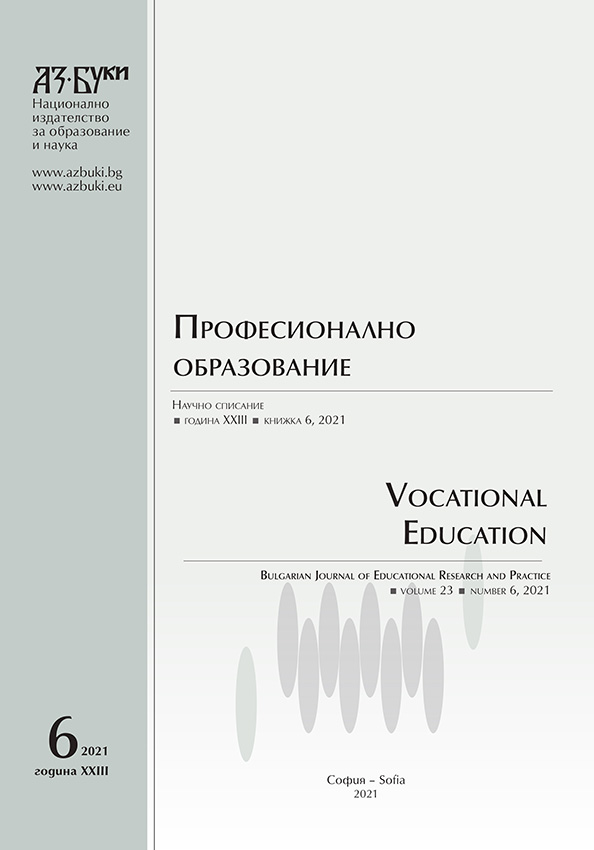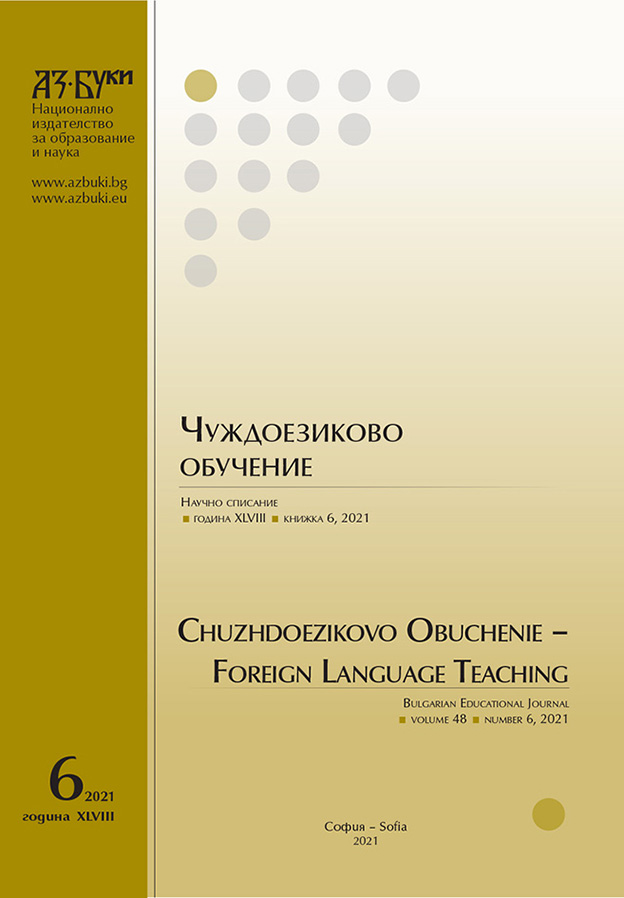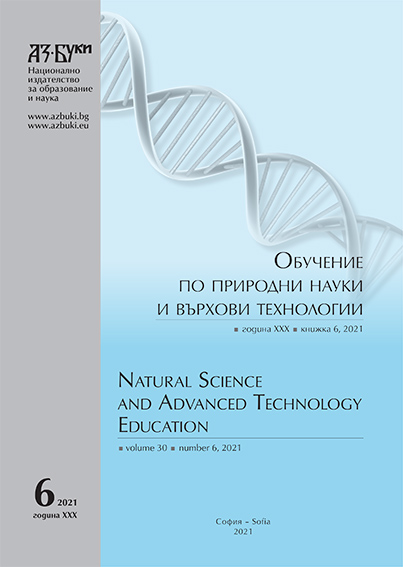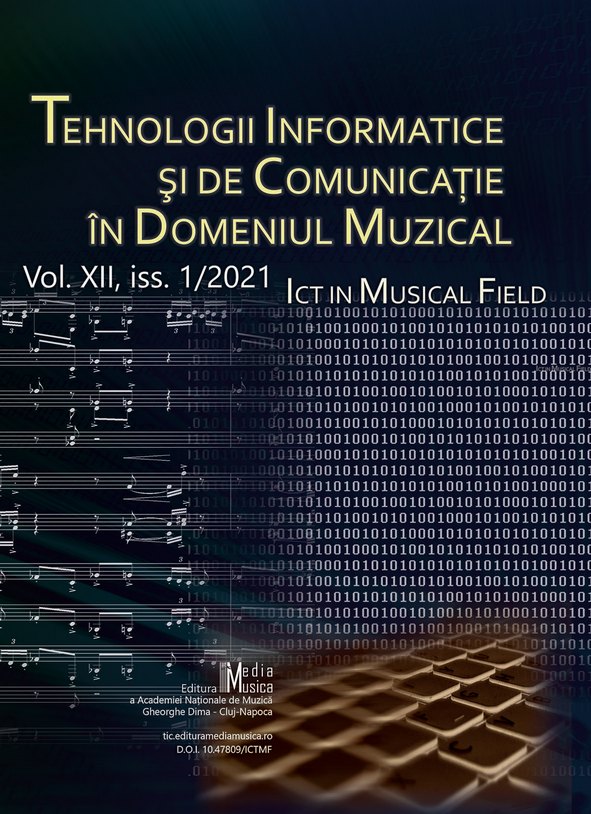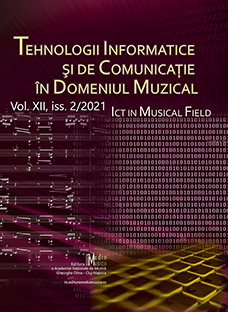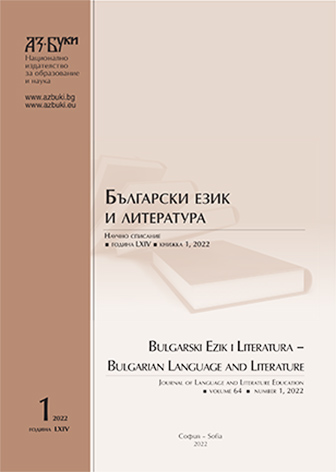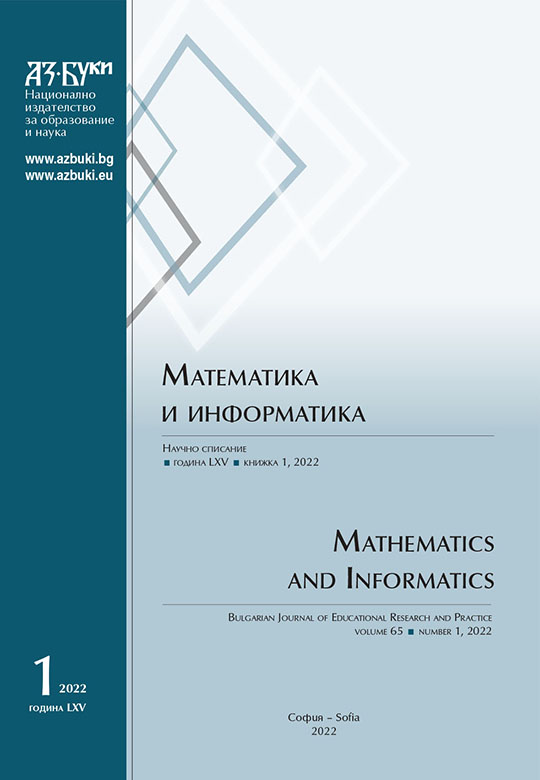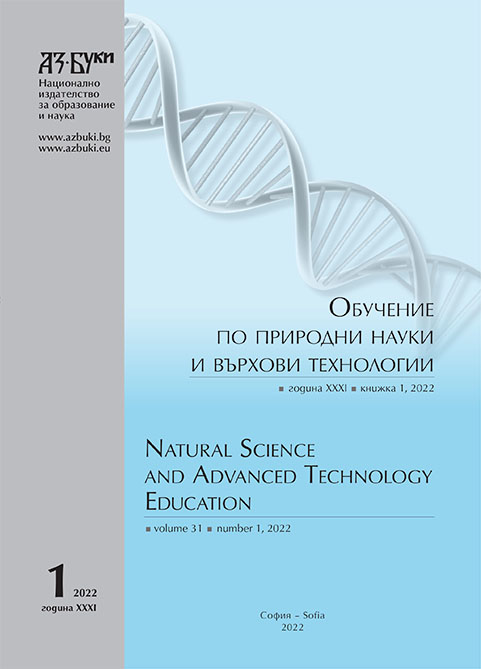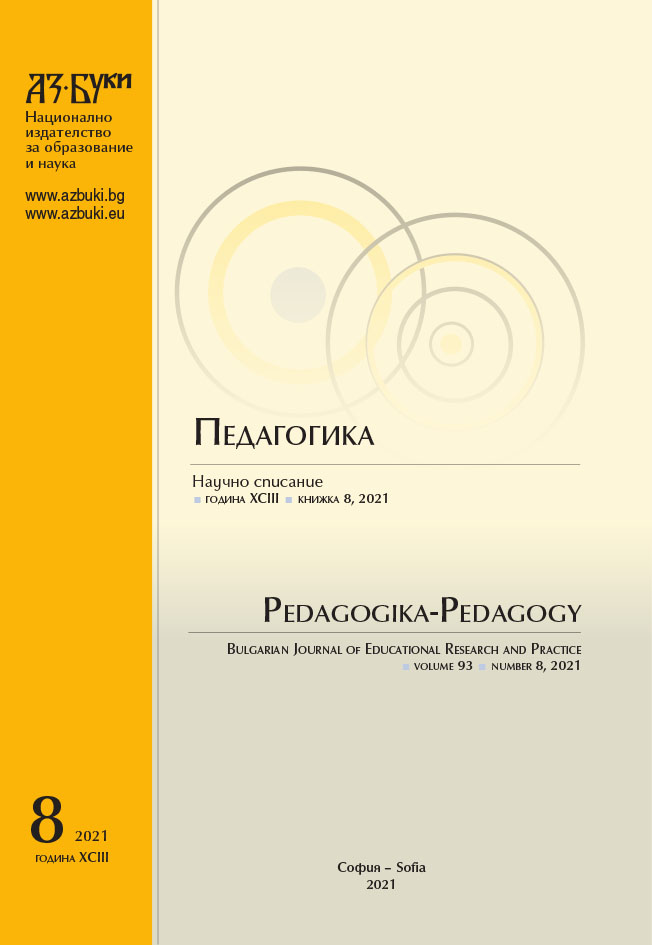
Относно задължителността на предучилищното образование – резултати от едно изследване
The authors present the results of a survey revealing the specificity of public claims regarding compulsory preschool education in the institution of kindergarten and specifically - the compulsory inclusion of 4-year-olds in it. Agreements and disagreements, polar opinions and alternative proposals for upbringing and educating the preschool child are an indicator of the lack of sustainable and irrefutable "evidence" of the importance of "compulsory" preschool education, as well as of the qualities of the socio-pedagogical environment in the children group and kindergarten. The paper is the second part of the authors' research on issues related to compulsory preschool education for children.
More...
